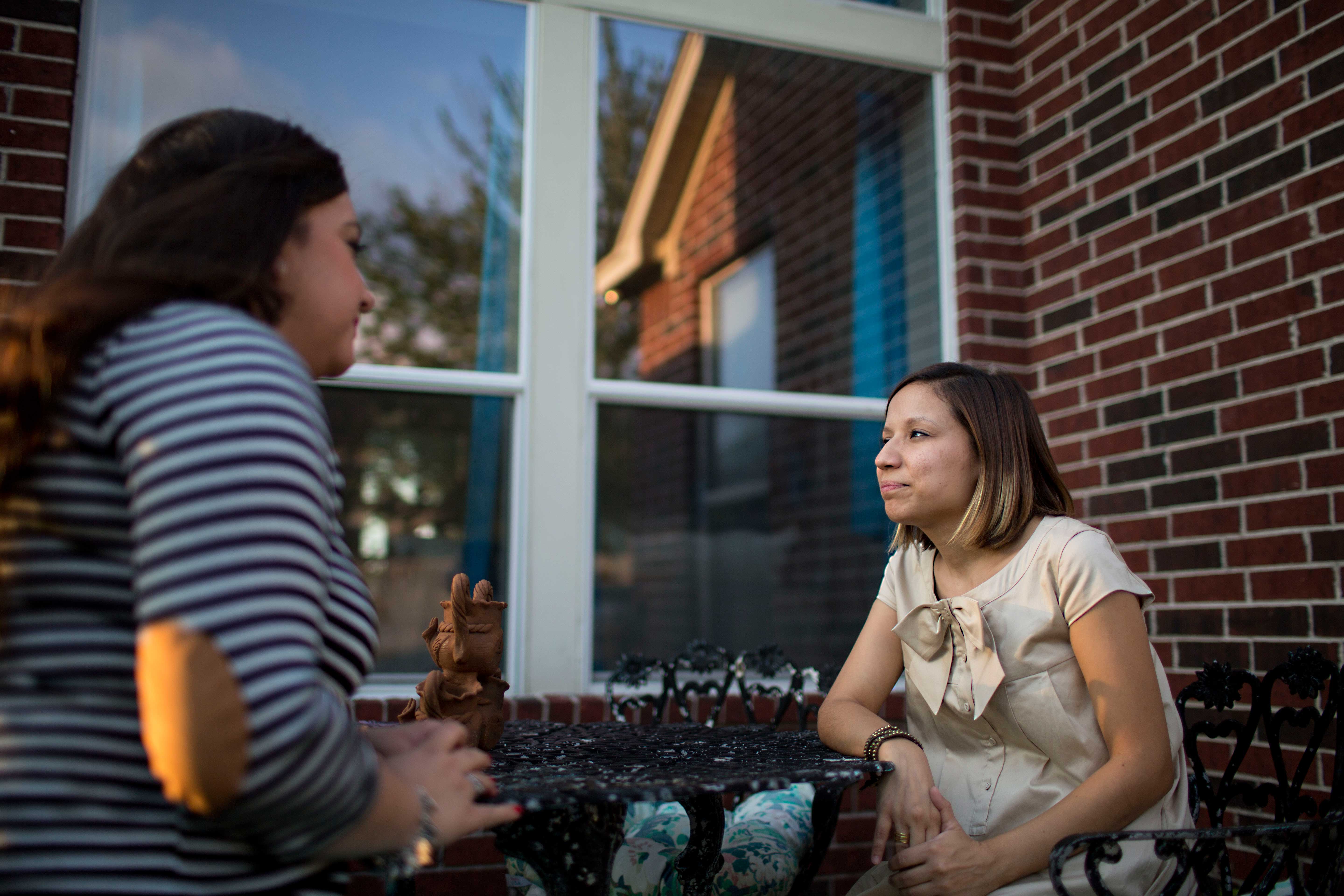Access: The TAC Blog
January 2020: Health and Housing - A Peer-to-Peer Learning Opportunity for Health Care Leaders

HOSPITAL AND HEALTH SYSTEM LEADERS are demonstrating a growing recognition of the powerful ways health outcomes are improved by access to safe and affordable housing. By forming innovative partnerships and programs to address the housing and supportive service needs of vulnerable populations, health care entities have the opportunity not only to improve individuals’ well-being but to reduce costs and strengthen communities as well.
In recognition of this promising trend, TAC — with the support of the Melville Charitable Trust — engaged mission-driven hospitals in a peer-to-peer Housing and Healthy Communities Learning Network that brought the knowledge of subject matter experts to participating hospital leaders. Our goal was to help participating hospitals, which ranged from a large urban institution serving over 180,000 unique patients annually to several that serve smaller rural areas, to explore innovative partnerships in their own communities. With such initiatives, anchor institutions can increase access to affordable housing and the supportive services required to improve health and sustain tenancy for vulnerable patient populations, while also supporting the communities in which they reside.
From June to December of 2019, Learning Network sessions focused on topics such as leveraging hospital resources for housing partnerships, building multi-hospital and cross-system collaborations with the housing sector, identifying priority populations, and evaluating short- and long-term outcomes. Reflecting on the experience, participants appreciated the depth of content covered, and valuable opportunities to connect with other participating hospitals, stakeholders, and subject matter experts. They highlighted these insights:
Collaboration takes work — but it’s worth it.
Participants gained a deeper understanding of the varied considerations and steps required to partner with housing finance agencies, housing developers, and service providers. Participating hospitals reported feeling more equipped and confident to engage such potential partners in conversations now that they are more familiar with the practices, terminology, and vernacular of these systems.
The right data is key.
Participants gained clarity on which sources of data can be used to identify priority patient populations for housing and health care initiatives, and on the metrics that can be monitored to measure a new program’s performance.
Systems of all sizes have a role.
Housing and health care collaborative partnerships can range in size from multi-million dollar efforts, which are most frequently cited in this growing field, to much smaller initiatives (i.e. $100,000 and under). Participants from smaller hospital systems in rural areas noted that this realization gave them hope that they could have an impact and make a significant contribution to their community’s needs.
Potential partners abound.
Participants gained an understanding and appreciation for the diverse key stakeholders that can contribute to an initiative’s design, funding, and promotion. Participating hospitals learned how engaging HUD homeless Continuums of Care, public housing agencies, community health clinics, behavioral health providers, philanthropic organizations, elected officials, and others can help generate community and public support for these kinds of initiatives and set them up for long-term sustainability.
Cutting-edge innovators have knowledge to share.
Charles Richman, Executive Director of the New Jersey Housing and Mortgage Finance Agency, described his agency’s initiative, which incentivized hospitals to develop multifamily housing with set-aside units for frequent utilizers of hospital emergency departments. Barbara DiPietro, Senior Director of Policy at the National Health Care for the Homeless Council, reviewed for participants the extensive list of recent studies documenting the efficacy of combining housing, health care, and supportive services for those who are frequent utilizers of emergency service systems. Participants also appreciated a range of publications and case studies accompanying each of the topical sessions, and reported that they have used this literature to engage executive leadership in discussions about launching their own housing and health initiatives.
UPDATE
TAC is excited to announce a second round of the Housing and Healthy Communities Learning Network, to be offered in six monthly virtual learning sessions from May to October of this year. This round of the Learning Network will be focused regionally, and is open to hospitals in Delaware, Kentucky, Maryland, North Carolina, Virginia, West Virginia, and the District of Columbia.
For more information and directions for a simple application process, visit bit.ly/Housing-Learning-Network or email TAC Senior Associate Rachel Post. *** Please note that due to the Coronavirus crisis, the timing of this opportunity may be adjusted. Please be in touch about your interest and needs.




